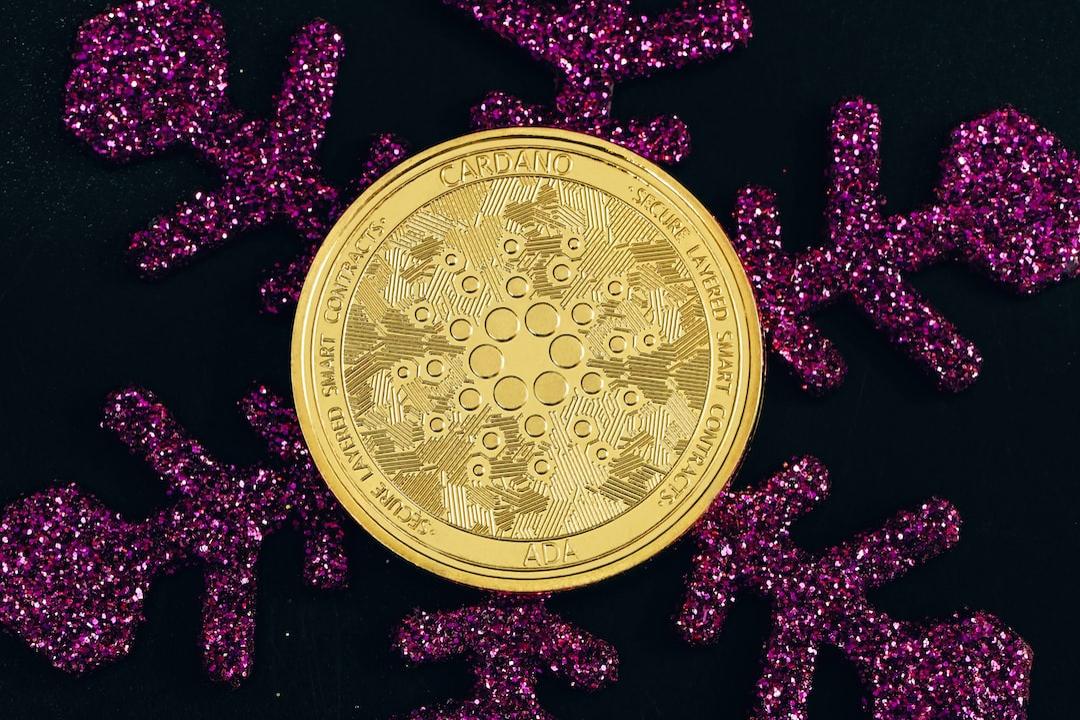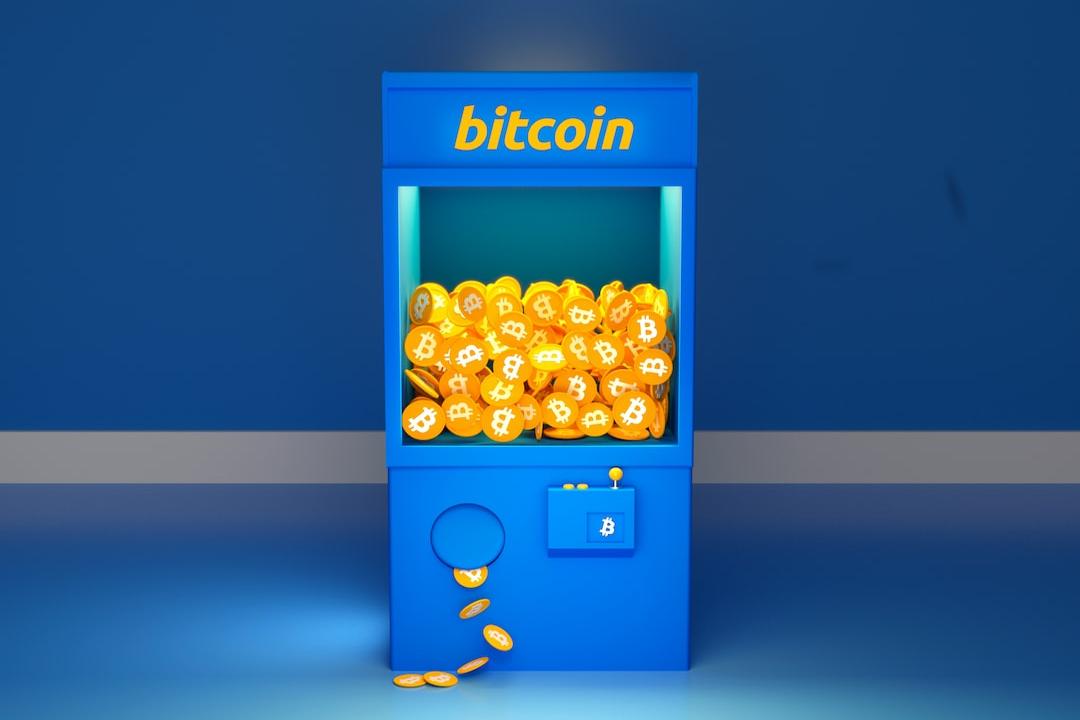“BRC-20” Circuit New Star CBRC-20: Why is it Popular in the English-Speaking Community?
This article explains what CBRC-20 is and its features, as well as the current ecological projects it encompasses.
(Content Summary:
BRC-20 Soaring: Exploring the Opportunities and Risks of “BRCFi” New Narratives
)
(Background:
BRC-20 Isn’t Just About Speculation! Pay Attention to These 6 Low Market Value Projects: RWA, Cross-Chain Bridge, Borrowing…
)
Table of Contents:
Differences Between Tap Protocol and CBRC-20
Popular Tokens in the CBRC-20 Ecosystem
BORD
NODE
SYMM
9999
Common Tools of CBRC-20
CBRC-20 Protocol has become a new star in the “BRC-20” series in the past half month. This phenomenon is quite unique and interesting because in the past half month, much attention has shifted to the speculation of various public chains outside the Bitcoin ecosystem in the English-speaking community, such as Solana, AVAX, INJ, and others.
Within the Bitcoin ecosystem, although the market value of BRC-20-related assets still holds a relatively dominant position, other protocols such as Atomicals and NostrAssets have also attracted a significant amount of attention and funding.
In my definition, the pure “BRC-20” series includes not only BRC-20 itself but also Tap Protocol and CBRC-20. Interestingly, both of these protocols have a strong influence in the English-speaking community, so much so that players in the Chinese-speaking community emphasize that “many foreigners like them.” However, Tap Protocol and CBRC-20 differ in terms of innovation, and their project development processes are also different.
First, let’s talk about Tap Protocol. Overall, Tap is an enhanced update of BRC-20, similar to when a game has a fun version and updates are made to enhance the experience.
In general, Tap’s functions, such as removing the 4-character limit on tickers, batch airdrops, and swap texts, are mostly index-based updates. They address some pain points and unimplemented features of BRC-20, and use JSON representation to make these behaviors more orderly and understandable to indexers.
Tap belongs to beny’s TRAC ecosystem, which has many loyal foreign fans. Overall, there have been no major surprises, and foreigners have always liked “b Marshal” making various attacks on centralized indexes.
On the other hand, CBRC-20’s modifications are based on the fact that the BRC-20 protocol adopted the Ordinals v0.9.0 version as the unified standard for index maintenance. After the Ordinals protocol introduced new features beyond v0.9.0, the BRC-20 protocol could no longer utilize them. Therefore, CBRC-20 combines the basic functional logic with these new features to create a brand new version.
If we consider Tap and CBRC-20 as “private servers” for BRC-20, then the former is an “enhanced classic server” with full updates, while the latter is a “modified server” with many new contents.
The Ordinals protocol after version 0.10.0 introduced fields for defining “metaprotocol” and “metadata” in tokens. The most direct effect of these two new fields is a significant reduction in the redundant text during the deployment/minting/transfer of BRC-20 tokens, thereby reducing costs and simplifying indexing.

The image above shows an example of a BRC-20 token deployment text. For CBRC-20, which introduces “metadata,” only three lines within the curly braces, namely “tick,” “max,” and “lim,” need to be retained. Furthermore, the reduced information is compressed into a smaller .cbor file.
“Metaprotocol” allows the index to know which protocol’s specifications to use to interpret the instructions. For minting and transferring, the instructions are simplified to this format:

Now let’s compare the content size with BRC-20:

BRC-20 transfer operation content size: 57 bytes

CBRC-20 transfer operation content size: 4 bytes
Another interesting aspect brought by “metaprotocol” and “metadata” is that CBRC-20 tokens have no type restrictions. This creates a sense of “transformation” in-game equipment, for example, you can mint 1000 units of a certain CBRC-20 token and attach a CryptoPunks image when executing the minting instruction. This way, it can represent either 1000 units of a certain CBRC-20 token or 1 CryptoPunk.
Tap has made similar attempts by adding a “Logo” field to tokens, which can reference the Inscription ID and be processed by the index. However, Tap relies on its own index, while CBRC relies on the new features of the Ordinals protocol.

8211file can attach specified files
CBRC-20 is the “appetizer” created after the split of the original OSHI team. Apart from CBRC-20, part of the original OSHI team is also working on a larger general-purpose index called Moto, which allows developers to submit their own FT (fungible token) standards to Moto. Moto then combines and stacks these standards to achieve asset interaction across FT protocols.
The first CBRC-20 token has a total supply of 21 million units, and the current lowest price for one token is approximately 2.2 U, corresponding to a market value of around 46.2 million U. As mentioned earlier, one major feature of CBRC-20 is the absence of type restrictions. Tokens like $BORD are not in text format for deployment but rather an HTML file introducing CBRC-20.

Claiming to be the first practical token on CBRC-20, it provides a bulk minting service for CBRC-20 tokens on Discord. The total supply is 10,000 units, and the current lowest price for one token is approximately 200 U, corresponding to a market value of around 2 million U.
This token is claimed to be identifiable by both CBRC-20 and BRC-20 protocols. It has a total supply of 21 million units, and the current lowest price for one token is approximately 0.12 U, corresponding to a market value of around 2.52 million U.
At this point, you may be a bit confused. Didn’t we mention v0.10.0 and v0.9.0, two different versions of the Ordinals protocol index? Let me give you an analogy to help you understand.
The original texts are like being sealed in an “envelope” (OP_FALSE OP_IF OP_PUSH content content content and content… OP_ENDIF). The index needs to open the envelope and read it word by word to know which protocol’s text it contains (which index to use), what the text represents, and what needs to be done…
“Metaprotocol” is like having the envelope clearly labeled with the protocol it belongs to, so the index can interpret the instructions according to the protocol’s manual. The v0.10.0 index knows that this is a CBRC-20 text. Then, as it continues to read, it discovers that the content is written in the indexing system of the BRC-20 protocol. At this point, the v0.9.0 index knows that this is a BRC-20 text. It may not be ideal, but both indexes understand the parts that can be comprehended.
From performance art to mechanisms, the image below explains it clearly: it currently has a market value of approximately 1 million U.

Engraving – https://cybord.org/thecraft.html (Minting is possible even without a tip)
Market – https://ordinalnovus.com/ (Still needs improvement, such as the inability to sort by unit price, looks messy)
Conclusion
Based on the current market performance, except for the first token $BORD, the others have relatively flat performance, similar to Tap…
Although the market performance is similar, CBRC-20 has made significant progress compared to Tap, as it has evolved from an updated version to a modified version. However, the greater value lies in Moto (part of the original Oshi team) and its layer.
Moto’s new CBRC-20 tokens have been deployed, and snapshots of Oshi’s old BRC-20 tokens have been completed, preparing for the launch of new tokens. Unless Tap manages to incorporate $TRAC into its own protocol, CBRC-20 has established a dominant position in the ongoing narrative.

Related Reports
Bitcoin “Block Pause” for Over 90 Minutes, Miners’ Fees Soar, Does BRC-20 Paralyze the BTC Network?
Bitcoin Text Sentencing? Core Developers Retort: Bugs Will Be Fixed Next Year, BRC-20 Will Disappear!
BRC-20 Continues to Soar: Binance Lists SATS Spot Trading, Soars 81% to a New High Within an Hour
Tags:
BORD
BRC-20
CBRC-20
node
SYMM
“Unveiling the CBRC-20: The Rising Star of BRC-20 Community FOMO. An Inventory of Ecological Tokens.”
7 Mins Read
Add A Comment


